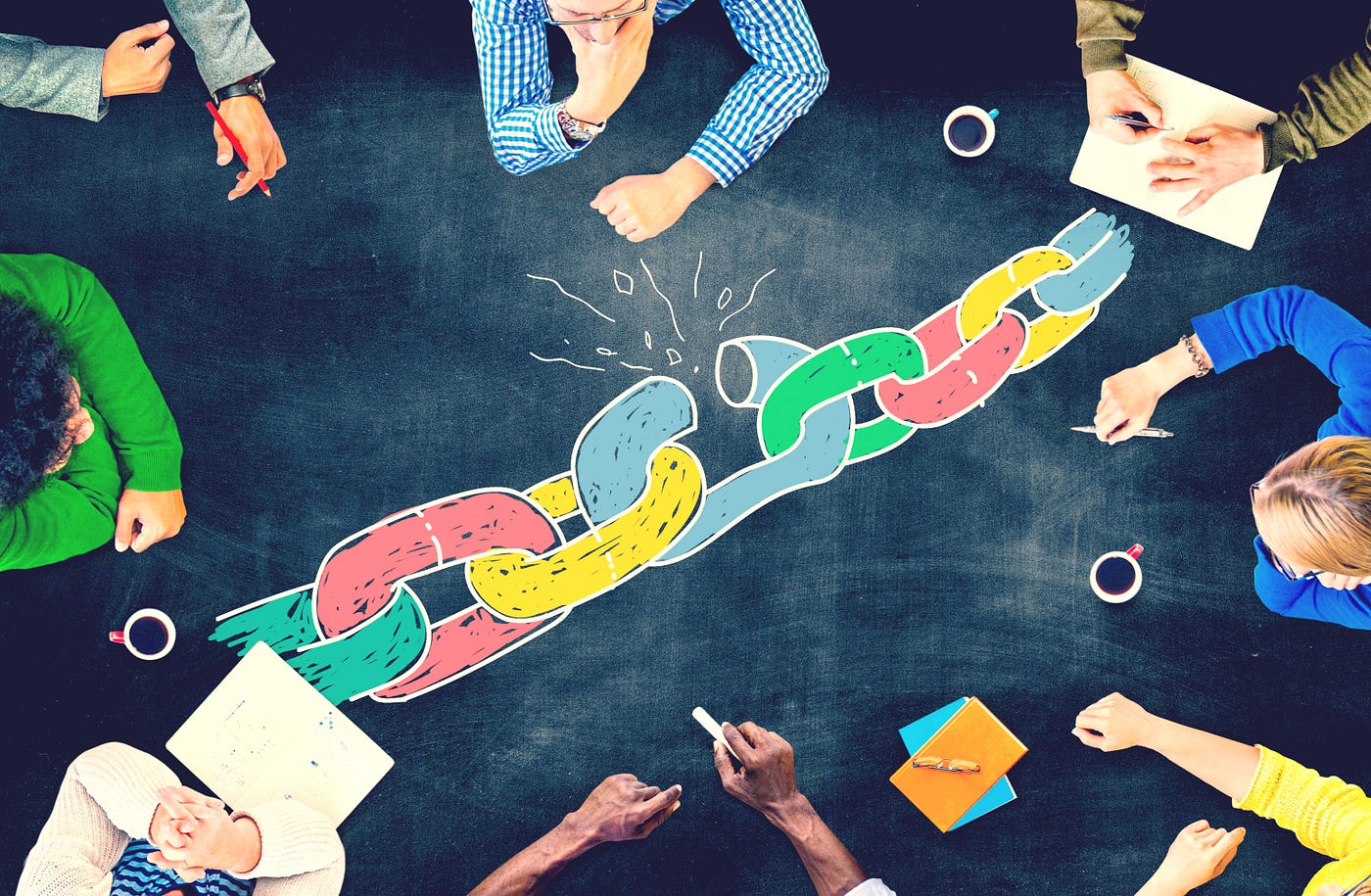

The purpose of breast reconstruction is to recreate the look of breast mounds when clothed. This study provides preliminary evidence for a “Goldilocks principle” in women’s preferences for breast size change in the context of breast reconstruction, and identifies hypotheses for future studies of the associations among preference for change in breast size, preference achievement, and post-reconstruction body image. Multinomial logistic regression models found average breast volume and satisfaction with breast size to be the most important factors associated with preferences for changing or maintaining breast size for women undergoing breast reconstruction. Women with the smallest and largest 20% of baseline breast size were more likely to desire a change toward the mean ( p = 0.006). At baseline, mean average breast volumes were 755.7 ± 328.4 mL for all women ( n = 48), 492.3 mL ± 209.3 for 13 women who preferred to be “bigger than now,” 799.2 mL ± 320.9 for 25 women who preferred to remain “about the same,” and 989.3 mL ± 253.1 for 10 women who preferred “smaller than now.” Among the 23 women who preferred to change their breast size, 19 desired to shift toward the mean. The average age of participants was 45.7 ± 9.1 years. The goal of this study was to identify factors associated with preferences for changing or maintaining breast size for women undergoing breast reconstruction at The University of Texas MD Anderson Cancer Center in the United States from 2011 to 2014. Patients’ preferences regarding changing or maintaining their breast size after mastectomy and reconstruction are important but understudied determinants of post-surgical satisfaction and quality of life.

We found that both very simple and very complex objects were hard to distinguish from their counterparts of the same complexity level, and again that moderately complex objects were seen as most distinctive from one another. To test this hypothesis, a follow-up study asked subjects to judge whether two briefly presented objects were the same or not, and a “uniqueness score” was derived from performance accuracy. We suggest that these effects derive from the perception of moderately complex objects as “unique”.

Similarly, subjects demonstrated greater memory capacity (i.e., remembered more items) for moderately complex objects, relative to very simple and very complex objects.

When we placed these objects in a search array, we found that subjects were best able to spot the presence of moderately complex objects, compared to very simple and very complex objects. To explore whether such mental processes treat different levels of complexity differently, we generated a library of visual objects across 5 complexity levels based on their cumulative skeletal surprisal (from very simple ones like various triangles to very complex polygons). What is so special - or unique - about moderately complex stimuli? And might such effects generalize to visual representations in adults? If so, core visual capacities such as search and memory might operate best over such Goldilocks stimuli. Like Goldilocks, human babies prefer to attend to events that are neither too simple nor too complex.


 0 kommentar(er)
0 kommentar(er)
